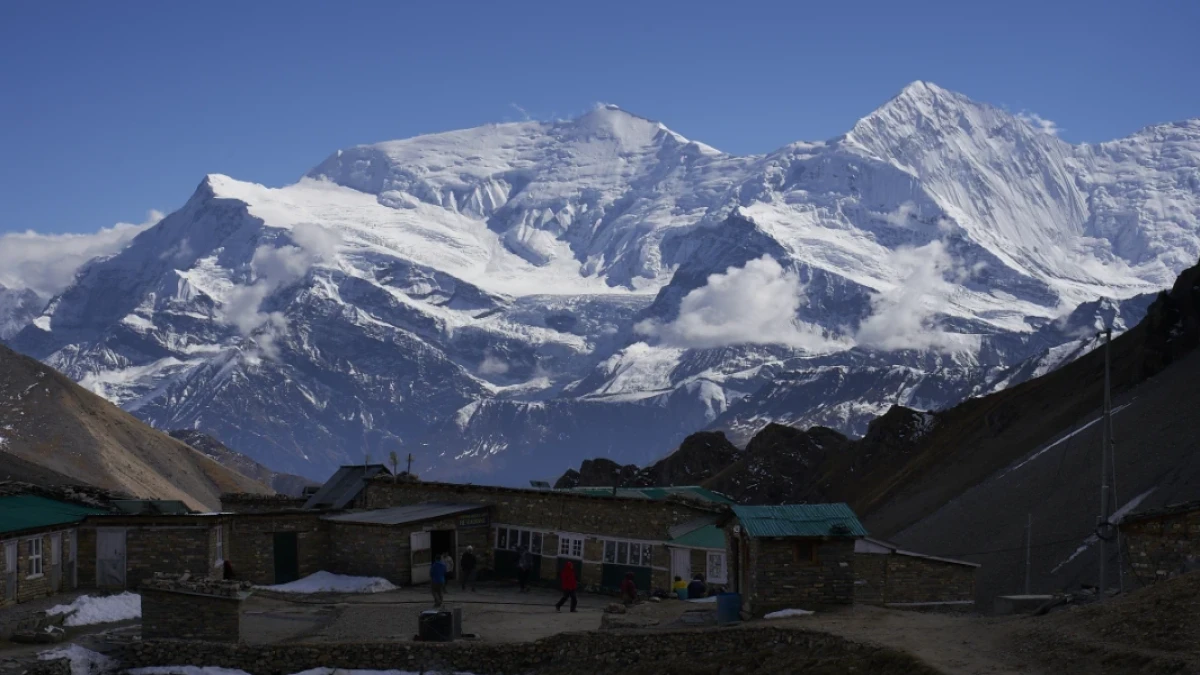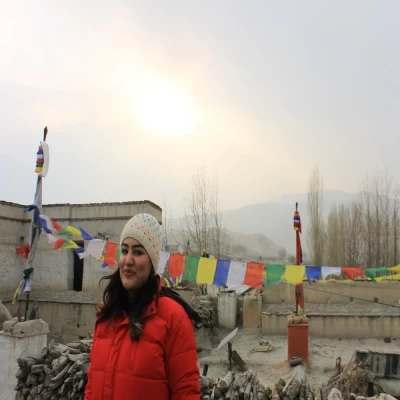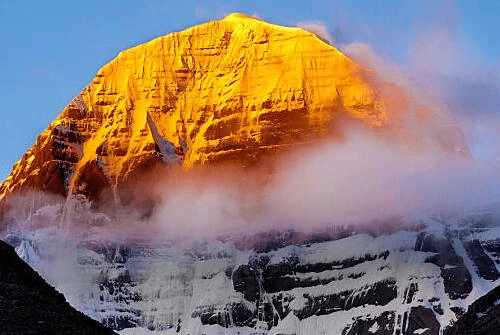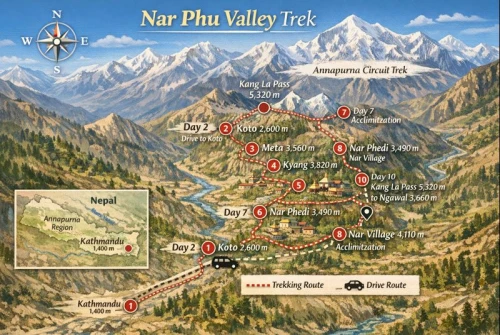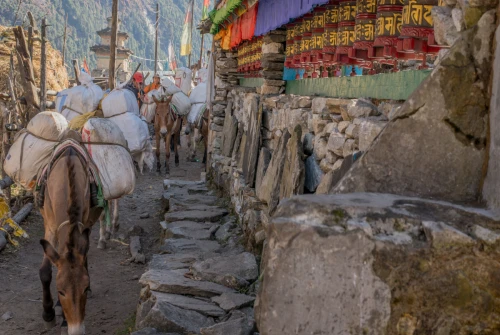Trekking the Annapurna Circuit is one of the most breathtaking and transformative experiences a traveler can undertake in Nepal. But let’s be honest, no matter how much research you do, there are always those little surprises on the trail that make you say, “I wish I had known this earlier.” In this guide, we’ll walk together through the key things many trekkers wish they had known before setting off on this high-altitude journey. From acclimatization tricks to unexpected cultural nuances, this is your inside scoop so you can trek smarter, not harder.
1. The Trail Isn’t Just One Thing, It Changes Constantly
Most people imagine the Annapurna Circuit as a uniform trail winding through the Himalayas. But the truth is, it feels like several treks in one. The landscape transforms dramatically: you’ll begin in lush, subtropical forests with rice terraces and waterfalls, then move into pine-filled alpine valleys, and eventually step into a stark, windswept Himalayan desert near Thorong La Pass.
The variation is stunning, but it also means your body and gear need to adapt constantly. One day you’re sweating in a t-shirt and the next you're bundled up in thermals. You’ll wish you had known just how fast these transitions happen so you could pack smarter and pace better.
2. Altitude Isn’t Just About Elevation, It’s About How You Handle It
Yes, you’ve heard of altitude sickness, but few realize just how sneaky and individual it is. The symptoms don’t just kick in at a specific height; they can vary based on your hydration, sleep, diet, and even how fast you’ve been gaining altitude. Even the fittest trekkers can get hit if they don’t respect the acclimatization process.
You’ll wish someone had told you: it’s not a race. The key is to walk slowly and steadily, take acclimatization days seriously, and follow the golden rule “climb high, sleep low.” The beauty of the circuit is that you have time to use it.
3. You Don’t Have to Carry Everything, Teahouses Are Lifesavers
Many trekkers pack for the Annapurna Circuit like they’re going on a wild, self-sufficient expedition. But the trail is lined with cozy teahouses offering hot meals, warm beds, and Wi-Fi (in some places). You’ll find snacks, gear replacements, and even extra layers in the bigger villages.
You’ll wish you had known how little you needed to carry. A medium-sized backpack with layers, a sleeping bag, and some essentials is often enough. And for those who don’t want to carry even that, porters are available and widely respected when fairly hired.
4. Weather Can Make or Break Your Trek
While the trail is technically open year-round, the season you choose will deeply shape your experience. Monsoon months (June–August) bring leeches and landslides in the lower areas, while winter (December–February) can close the Thorong La Pass entirely due to heavy snow.
You’ll wish you’d paid more attention to seasonal nuances. The sweet spot is usually October–November or March–April, when skies are clear, temperatures are moderate, and the trail is safe. Even then, mornings are chilly, and sudden storms can roll in, so always keep a waterproof layer handy.
5. Connectivity Is Limited, And That’s a Good Thing
You may find a patchy mobile signal or occasional Wi-Fi, but don’t expect to be online constantly. Some villages like Manang and Muktinath have better connectivity, but large portions of the trail are beautifully disconnected from the digital world.
You’ll wish you had mentally prepared to unplug. And once you do, you’ll thank yourself. The quiet brings a special kind of peace. It forces you to be fully present—watching the prayer flags flutter, hearing yak bells in the distance, sharing stories over dal bhat with strangers who become friends.
6. It’s Not Just a Trek, It’s a Cultural Experience
This isn’t just a walk in the mountains. The trail weaves through ancient Buddhist and Hindu villages, monasteries, and sacred places. You’ll pass spinning prayer wheels, hear monks chanting, and witness rituals that have been practiced for centuries.
You’ll wish you’d taken the time to learn a few Nepali phrases or understand the significance of what you’re seeing. A respectful nod, a soft “Namaste,” or simply pausing to watch the sunrise with locals adds immense richness to your journey.
7. Proper Travel Insurance Isn’t Optional, It’s Crucial
Many trekkers overlook this, but the Thorong La Pass sits at 5,416 meters, and emergencies happen. From altitude sickness to injuries on slippery trails, evacuation is expensive and logistically complex without proper coverage.
You’ll wish someone had emphasized getting insurance that covers high-altitude trekking and helicopter evacuation. It gives peace of mind, and that’s worth more than anything out there.
8. Budgeting Isn’t Just About Daily Costs, Prices Rise with Altitude
Sure, Nepal is budget-friendly, but once you’re on the trail, prices rise the higher you go. A bottle of water that costs 50 NPR in Besisahar might cost 300 NPR in Thorong Phedi. Internet, charging electronics, even basic toiletries, everything gets pricier as porters or yaks haul supplies up the mountain.
You’ll wish you had budgeted for this spike and carried a reusable water bottle with a filter or purification tablets. A little prep here saves you a lot later.
9. Don’t Underestimate the Final Stretch
After Thorong La Pass, many assume the hard part is over. But trekking from Muktinath down through Jomsom or continuing to Tatopani and Ghorepani can still be physically demanding. The terrain can be dusty and windy, especially on the Kali Gandaki riverbed.
You’ll wish someone had told you not to drop your guard too early. Stay hydrated, stretch regularly, and keep your energy up You’re not done until you’re sipping that final celebratory tea in Pokhara!
10. You’ll Leave a Different Person
This one’s hard to explain unless you’ve been there. But the combination of physical challenge, cultural immersion, and the raw beauty of the Annapurnas leaves its mark. It humbles you. It teaches patience, resilience, and awe.
You’ll wish you had known just how much this journey would change you, not just your body, but your mind and your heart.
Final Thoughts
Trekking the Annapurna Circuit is more than just ticking off a bucket list item. It's a journey through some of Nepal’s most iconic landscapes and communities. With these insights, you’re better prepared not just with gear, but with the mindset that makes the difference between a good trek and a truly unforgettable one.
If you’re planning the trek, remember: every step has a story. Make yours count.
